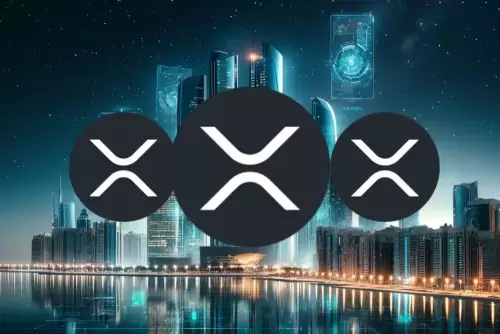Huawei's AsyncFlow framework is making waves in AI training, promising faster, more scalable solutions. Discover how it's reshaping the landscape and what it means for the future.
Huawei's AsyncFlow: Revolutionizing AI Training for a Smarter Future
Huawei is making significant strides in AI, and AsyncFlow is a prime example. This cutting-edge framework promises to dramatically improve the speed and scalability of AI training, especially for large language models. Let's dive into how Huawei is pushing the boundaries.
Boosting AI Model Training with AsyncFlow
Developed by Huawei researchers, AsyncFlow introduces an asynchronous streaming reinforcement learning architecture tailored for the complex post-training phase of large language models (LLMs). Traditional methods can be computationally intensive and difficult to scale, but AsyncFlow seeks to overcome these limitations by rethinking data flow.
TransferQueue: The Key to Performance Gains
At the heart of AsyncFlow is TransferQueue, a distributed data management module. This component balances workloads and allows overlapping of different processing stages, resulting in a significant increase in throughput. Huawei claims AsyncFlow achieves a 1.59 times improvement on average over conventional systems, and up to 2.03 times in large-scale cluster setups.
Real-World Promise and a Dose of Caution
The AI industry is demanding faster and more cost-effective training of increasingly complex models. AsyncFlow optimizes computational resource use, potentially leading to substantial savings in time and infrastructure costs. Industries like healthcare, finance, and autonomous driving could benefit from faster model adaptation and real-time data processing.
However, it's not without limitations. While AsyncFlow has shown strong performance in controlled experiments, its resilience in unpredictable, real-world dataflows remains to be seen. Further testing and adaptation are necessary before widespread deployment.
Huawei's Bigger AI Vision
AsyncFlow complements Huawei's broader AI and software strategy. The company is actively building a homegrown ecosystem of tools, languages, and infrastructure to reduce reliance on foreign technology. This includes HarmonyOS and CloudMatrix AI racks, which support a fully integrated AI and software environment.
My Take: Huawei's Strategic Play
Huawei's advancements with AsyncFlow, coupled with their open-source initiatives like the Cangjie programming language and HarmonyOS, signal a clear strategic intent: technological self-sufficiency. They're not just keeping pace; they're actively shaping the future of AI. The investment in AI rack architecture like CloudMatrix 384 further proves this. The recent introduction of AI tools in HarmonyOS 6, like the AI Agent Framework, democratizes AI for developers within their ecosystem.
These moves also cleverly sidestep reliance on Western tech, given the trade sanctions they face. It’s a long game, but Huawei’s consistent investments suggest they’re serious about becoming a major player in the global AI landscape.
Looking Ahead
With AsyncFlow, Huawei offers a glimpse into a more efficient future for AI model training. It could cut costs, speed up deployment, and make large-scale AI systems more accessible across industries. Now, if they could just get it running smoothly on my toaster...













































































